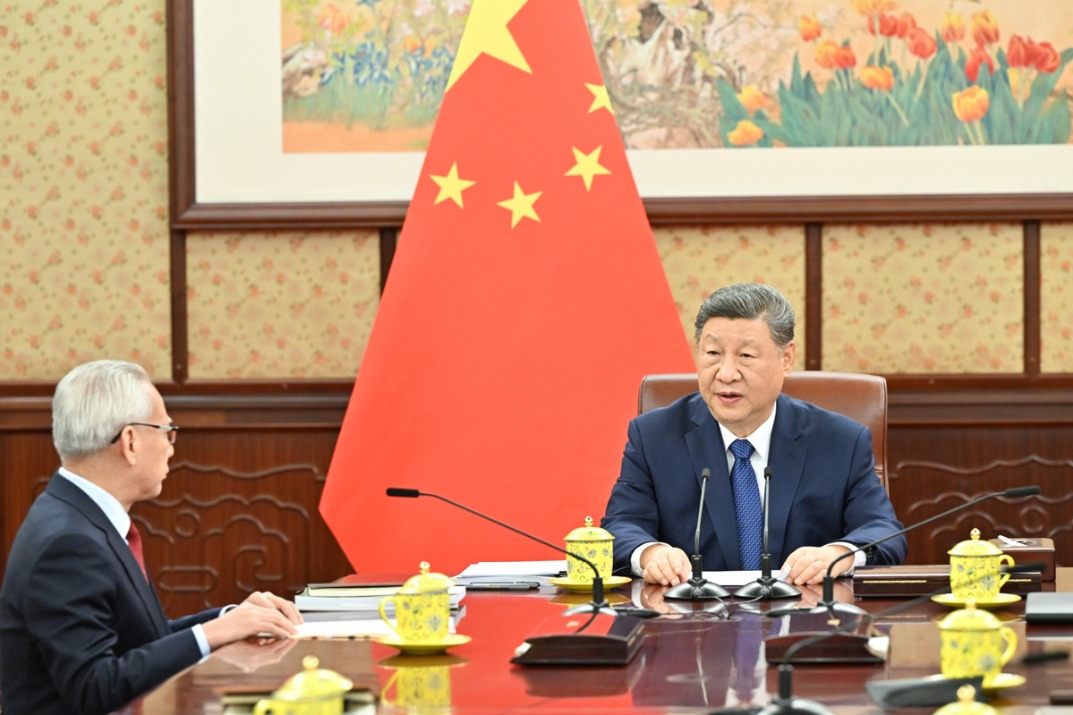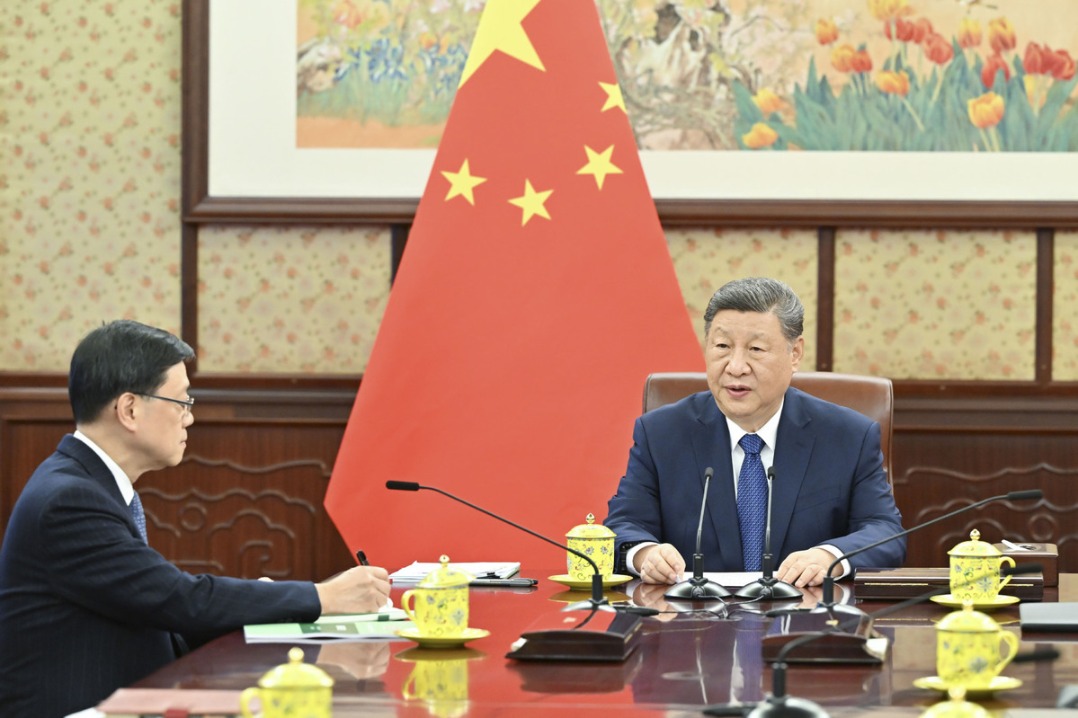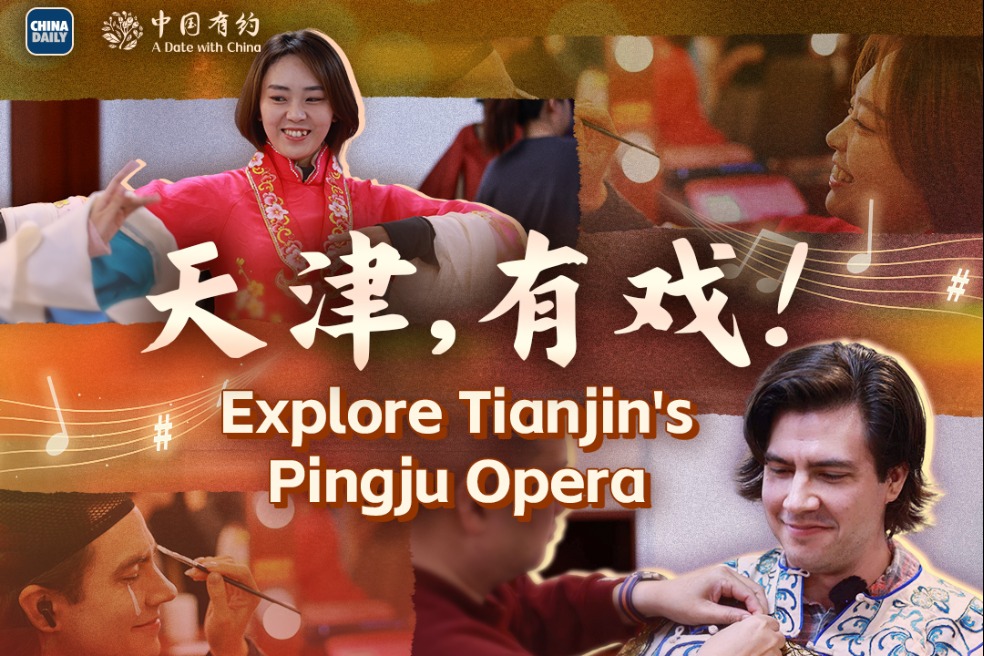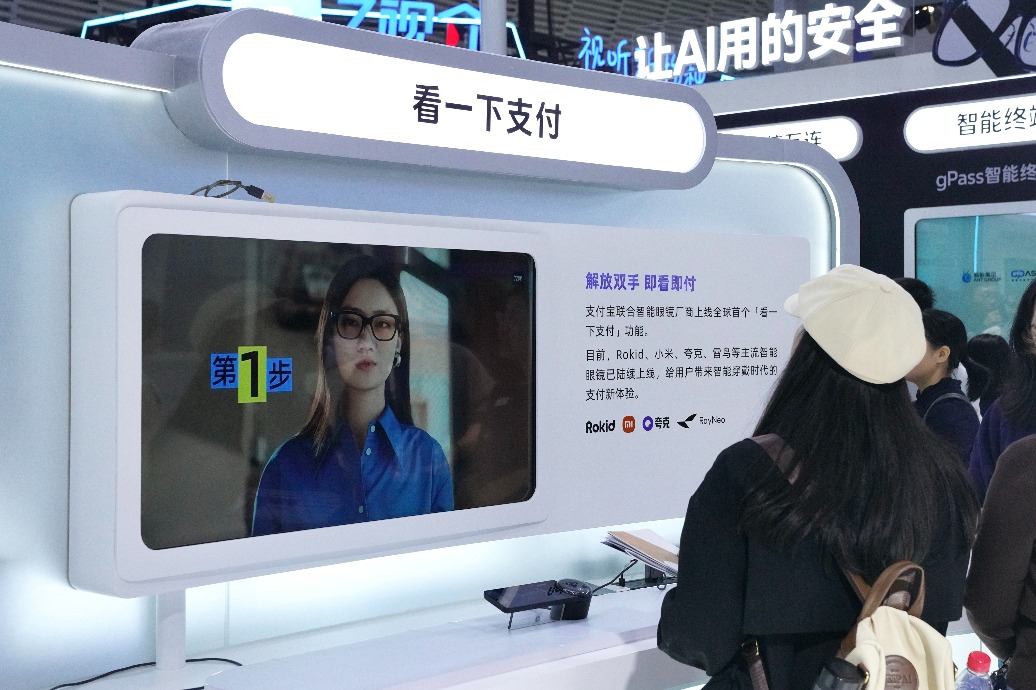The Fringe offers fusion and promise

Chinese acts at this year's world-famous Edinburgh festival represent opportunities for Europeans to form artistic partnerships
It is Edinburgh festival time again, and the event seems to go from strength to strength year after year. It is also increasingly apparent that Chinese artists are playing a significant role at the globally renowned Edinburgh Festival Fringe.
Edinburgh's history as a crucial cornerstone of the arts and entertainment world dates back as far as the summer of 1947, when the first festival took place. Such is the widespread awareness and acknowledgement of the festival's contribution to the arts that it is now commonly referred to simply as the Fringe.
In recent years, there has been a sharp increase in the number of circus acts visiting the Fringe, and none has attracted more attention this year than China Goes Pop.
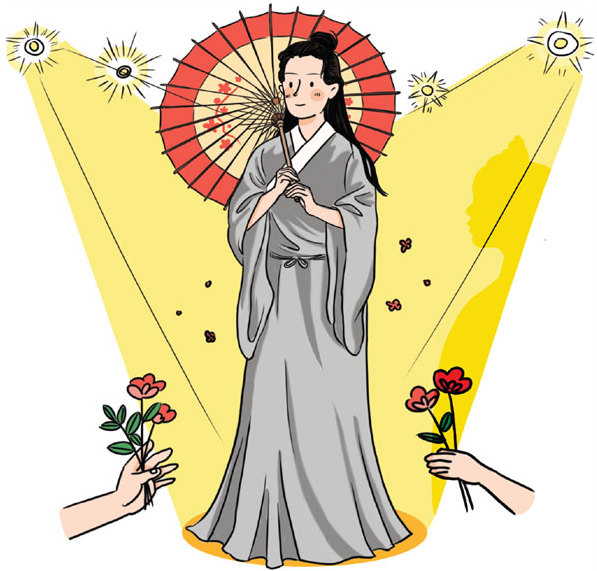
A carefully choreographed combination of Chinese acrobatics and Western aesthetics, China Goes Pop is set to take the Fringe by storm.
China Goes Pop exemplifies perfectly the fusion now taking place across a range of art forms in which traditional Chinese culture blends beautifully with Western. In this case, Western pop music provides the soundtrack, while Chinese acrobatic skills take center stage. The world-class cast, many of whom are alumni of the world-famous, Montreal-based Cirque du Soleil (the largest theatrical producer in the world), provides a theatrical carnival in which the plot centers around a romantic love story featuring an artist and his model and muse.
Many Cirque du Soleil alumni also are featured at this year's Fringe in Circa: Humans, a rip-roaring theatrical performance direct from China and produced by the China Arts and Entertainment Group, China's leading entertainment company.

In total, dozens of Chinese acts and artists will put in more than a cursory appearance at this year's Fringe.
In fact, such is the presence of Chinese artists and their acts that this year's Fringe, for the first time in the festival's history, includes a subfestival over two days (Aug 12 and 13) celebrating Chinese art and culture. A highlight of Day 1 of the Chinese Arts and Culture subfestival is the stage performance 2047 Apologue, directed by world-famous Zhang Yimou. Zhang, widely acknowledged as one of the most talented directors worldwide, is best known for directing the opening and closing ceremonies of the Beijing Olympics in 2008, but his decadeslong contribution to the broader area of visual culture remains unrivaled.
Day 1 of the Chinese Arts and Culture subfestival will also include contemporary Chinese dance by Dancers Association China, Chinese painting, tea art and calligraphy.
And if Day 1 doesn't provide the ultimate in Chinese artistic expression, then Day 2 certainly will. In addition to a display of traditional Chinese martial arts, and folk dance performances accompanied by Chinese music, Day 2 will feature the Cultural Quintessence, a Peking opera performance by the Wuhan Peking Opera Troupe.
Well over 30 Chinese acts will appear at this year's Edinburgh festival, and European artists and the European arts and entertainment industry should take note of this surge in the international recognition and appreciation of Chinese artists and Chinese art and culture generally. This presents very attractive opportunities. For example, many of the Chinese acts at this year's Fringe present a variety of traditional Chinese art forms in a fresh, contemporary fashion. European artists should be scouring these acts in search of the most suitable partner.
And nowhere is partnership exemplified better than the link between Scottish Development International, a branch of the Scottish government, and China's Ministry of Culture. This particular cooperative arrangement is behind China Focus, which consists of a collection of seven acts organized by the Center for the Shanghai International Film Festival.
Such a fusion of Chinese and Western art forms is also taking place in related industries such as international fashion, where an increasingly large number of young, innovative Chinese fashion designers, often blending elements of traditional Chinese art and culture with modern, Western aesthetics, are finding acceptance of their work at major fashion shows around the world.
Further fusion, this time the world of theater, is on display at this year's Fringe with a joint production between progressive British theater company Gecko and the Shanghai Dramatic Arts Center.
More European theater companies need to adopt a similarly progressive, innovative approach.
This particular co-production, titled The Dreamer at the Pleasance Grand, draws deeply on both British and Chinese artistic and cultural heritage. Shakespeare's A Midsummer Night's Dream provides the platform for the British side, while Peony Pavilion by Tang Xianzu contributes an infusion of Chinese artistic and cultural heritage.
Shakespeare's work, nowhere more admired and respected than in China, could form a formidable launchpad for future Sino-European arts and entertainment efforts.
More generally, what better way for the European industry to learn about China and Chinese culture than through the language of art?
Of course, this sharp increase in the number of Chinese acts at this year's Edinburgh festival should come as no surprise. Nor should it be seen in any way as temporary.
Since the implementation of China's opening-up in the late 1970s, a new generation of Chinese artists began to flourish, characterized by self-confidence, innovation and creativity.
These younger Chinese artists, while still inspired by their traditional Chinese cultural heritage, are more open to Western and global artistic influence.
It is this breed of new, younger Chinese artist that explains the sharp increase in Chinese acts at Edinburgh this year.
Among this avant-garde group of younger Chinese artists are Wang Sishun, Wang Yuyan and Xie Molin.
Wang Sishun's work focuses on the integration of a very diverse range of media, including sculpture and installation works. Wang regularly examines the relationship between different forms of matter and the social concept of "circulation".
Wang Yuyan also uses technology as his favorite medium but, blending the modern with the traditional, is also inspired by ancient Chinese philosophy. Wang's photography and video productions aim to illuminate the relationship between body, experience and cognition, often incorporating motors, lights and electricity into conceptual installations.
The third of these groundbreaking Chinese artists, Xie Molin, challenges the very essence of painting and the influence of tradition. Xie "builds" machines that produce the most abstract paintings, but with highly intricate and organized patterns.
The Chinese artists appearing at this year's Edinburgh festival are very much of the same ilk as the these three Chinese artists: adventurous to the point of rebellious, but at the same time fully respectful of, and inspired by, China's rich artistic and cultural heritage.
To take advantage of the opportunities this offers, European artists and the entire European art and entertainment industry need to be aware of this blend of modern and traditional Chinese influences. Successful partnerships will also require the right blend of styles and influences. Any artistic form that presents aspects of traditional China in a modern context necessitates close collaboration between Chinese and Western artists, and requires each to further understand the other's artistic background and cultural heritage.
The author is a visiting professor at the University of International Business and Economics in Beijing and a senior lecturer at Southampton University. The views do not necessarily reflect those of China Daily.
(China Daily Africa Weekly 08/11/2017 page10)
Today's Top News
- Crossing a milestone in the journey called Sinology
- China-Russia media forum held in Beijing
- Where mobility will drive China and the West
- HK community strongly supports Lai's conviction
- Japan paying high price for PM's rhetoric
- Japan's move to mislead public firmly opposed



















